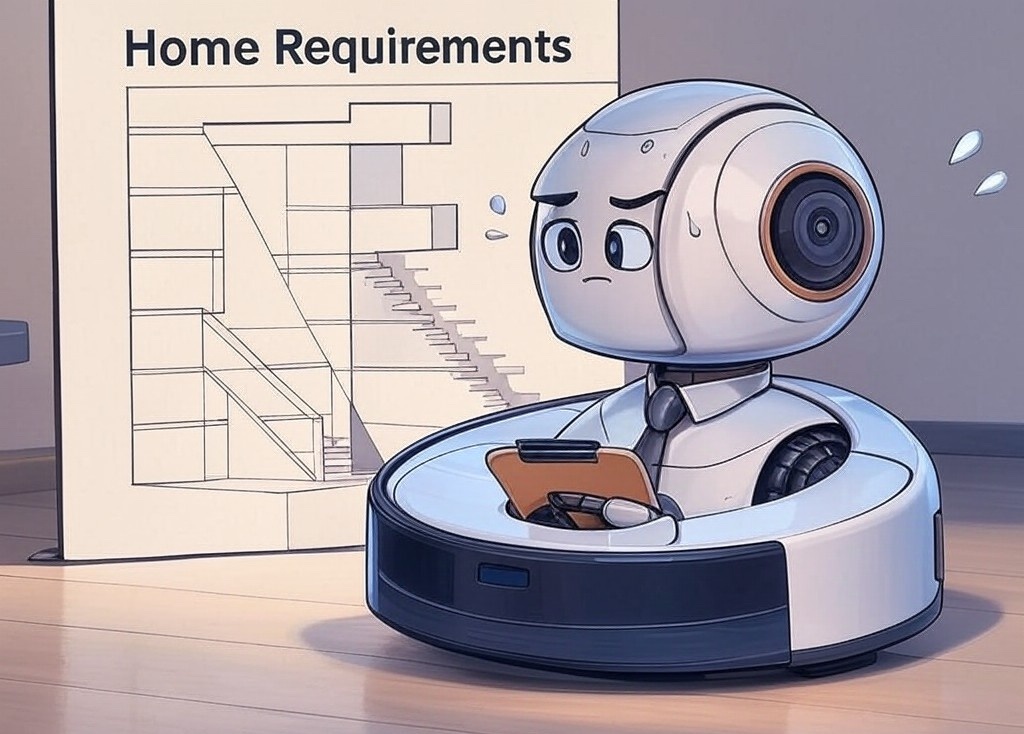
We thought we were the perfect customers for a robot vacuum.
Several friends raved about theirs. The tech was proven. The reviews were stellar. And we definitely had floors that needed cleaning.
So I bought my wife a high-end model for Christmas. Self-emptying dock and all the bells and whistles.
Two weeks later, it was headed back to the store.
Here’s what none of the reviews mentioned: If your home has multiple levels, a sunken living room, and lots of stairs (like ours did), a robot vacuum becomes more work than help.
Ours needed constant rescue from steps, marked up our furniture, and its self-emptying routine sounded like a garbage truck compacting nearby — usually at 3 AM.
Worse yet, being circular meant it couldn’t reach our many corners effectively. The overall cleaning results were disappointing, even without attempting its floor-washing feature. We didn’t even want to risk trying that.
In I Need That, I talk about how successful products need to connect with the right buyers.
But equally important is identifying who isn’t right for your product.
This isn’t about product quality — that robot vacuum was pretty amazing. It just wasn’t right for a home like ours.
A simple survey could have saved everyone time and trouble:
- Do you have multiple floor levels?
- Are there sunken rooms or many stairs?
- Is your home’s layout relatively open or complex?
- Are you sensitive to noise during sleep hours?
Two “wrong” answers and I wouldn’t have been a good prospect.
Instead, I became a return statistic. And those are expensive: shipping, repackaging, discounting as open-box — all costs that eat into margins.
I see this with clients constantly. They’re so focused on selling to everyone that they forget to identify who they shouldn’t sell to.
Their marketing casts too wide a net, catching customers who’ll never be satisfied.
Sometimes the best strategy is a smaller target market of delighted customers rather than a bigger one full of returns and bad reviews.
Action for today: Create a simple survey that would help identify your ideal customers — and just as importantly, who is NOT a good fit. What questions would qualify or disqualify a prospect, and reduce returns or churn?
What’s your strategy for finding the best-fit customers?
Laurier
P.S. That robot vacuum probably works brilliantly in single-level homes with open floor plans. And maybe they’re smarter, quieter and better now. But I’ll never know, because my first experience convinced me I’m not a robot vacuum person. That’s the long-term hidden cost of selling to the wrong customer.
